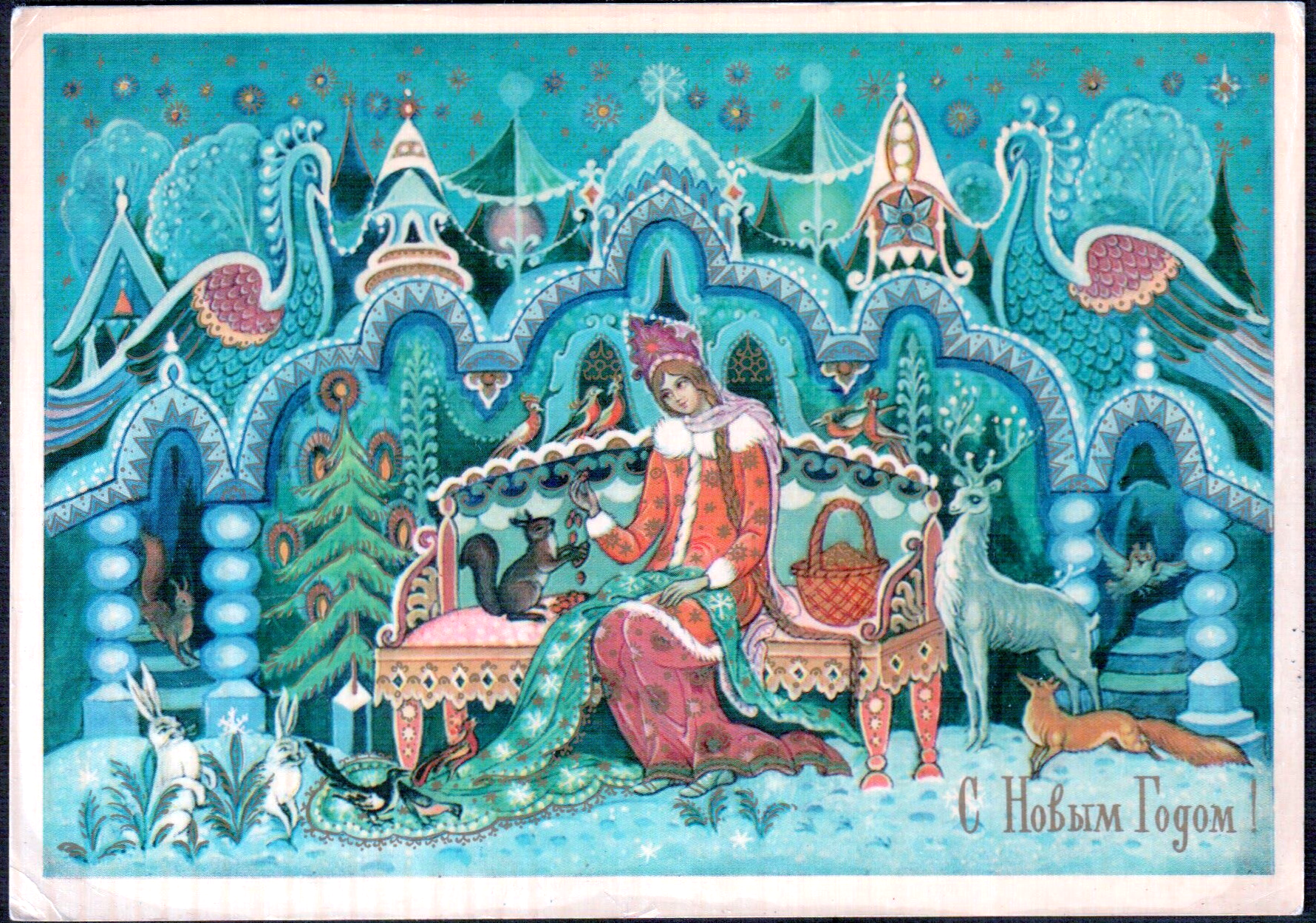1840 bearing a penny black stamp. He probably created and posted the card to himself as a practical joke on the postal service, since the image is a caricature of workers in the post office.The first commercially produced card was created in 1861 by John P. Charlton of Philadelphia, who patented a postal card, selling the rights to H. L. Lipman, whose postcards, complete with a decorated border, were labeled “Lipman’s postal card.” These cards had no images. In Britain postcards without images were issued by Post Office, and were printed with a stamp as part of the design, which was included in the price of purchase.The first known printed picture postcard, with an image on one side, was created in France in 1870 at Camp Conlie by Léon Besnardeau (1829–1914). Conlie was a training camp for soldiers in the Franco-Prussian war. They had a lithographed design printed on them containing emblematic images of piles of armaments on either side of a scroll topped by the arms of the Duchy of Brittany and the inscription “War of 1870. Conlie camp. Souvenir of the National Defence. Brittany Army”. While these are certainly the first known picture postcards, there was no space for stamps and no evidence that they were ever posted without envelopes.[6]In the following year the first known picture postcard in which the image functioned as a souvenir was sent from Vienna.[7] The first advertising card appeared in 1872 in Great Britain and the first German card appeared in 1874. Cards showing images increased in number during the 1880s. Images of the newly built Eiffel Tower in 1889 and 1890 gave impetus to the postcard, leading to the so-called “golden age” of the picture postcard in years following the mid-1890s.
New Year greetings cards.


May 1 st, International Workers’ Day card.









